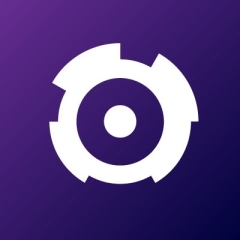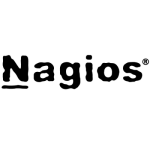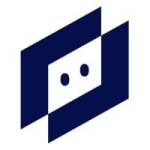Geneos is entirely focused on the financial services sector having evolved from a pure market data monitoring solution to encompass trading systems, middleware, EUEM and infrastructure.
Architecture

Geneos is based on the principles of n-tier architecture. Out-of-the-box monitoring agents, known as “Netprobes”, are deployed rapidly across the infrastructure estate. They can co-exist and interface with current monitoring and application processes so there is no disruption to current IT monitoring. The Netprobes have a small resource utilisation footprint and optimise bandwidth usage by only reporting metrics that have changed since the previous sample.
Netprobes capture granular data and pass it to the central consolidation and analysis layer known as the Gateway on a point-to-point basis. Gateways can be configured to consolidate data into logical collections, which allows for data to be grouped, for example, by line of business, product or country.
The Gateways house sophisticated rule and workflow capabilities giving the power to raise alerts and perform actions when certain conditions are met. A simple action can be a script execution to generate emails, SMS messages or support tickets. Other scripts can be executed on any monitored server and automatically perform remedial actions when issues are detected (e.g. restart processes).
Business activity and transaction metrics
Geneos has tools that can track both business processes/activities and transactions via log file or database entries. The data that is collected can be analysed and presented to users in the right context, including: Transaction latency, lost or delayed messages, order status metrics and turnaround times per client, exchange or instrument.
Breadth and depth of probes
There are built-in adapters, known as “Plugins”, available to connect to third party application products such as Thomson Reuters Enterprise Platform (TREP), Misys Kondor+, Murex and ULLINK. Over 100 Plugins are available for vendor applications, servers, databases, middleware and networks including a feature that gives the ability to collect, analyse and visualise feed health metrics by subscribing to market data feeds including TREP, Trading Technologies, NYSE, Bloomberg B-Pipe or in-house data sources. Data can be collected from Solaris, Linux, Windows or AS/400 based servers and applications.
Integration and extension
The separation of the presentation layer from the Gateway layer makes it possible to open up the data for other uses and leverage analytics tools such as Cognos, Prelert or Business Objects by making use of the outbound Open Access API.The Open Access interface allows selected metrics to be passed directly to any other application.
Similarly, integration with other monitoring tools is achievable via the XML-RPC based inbound API.
Visualisation
Visualisation can be delivered via the Windows-based Active Console GUI or a browser using the Web Montage component. Both have the capability to present data via user-configurable dashboards in a graphically rich way to allow monitoring from any Internet connected device.
The architecture allows scaling to a large number of users by separating the presentation layer from the rest of the solution.Dashboards are easily shareable and enhance collaboration across the business.
My thoughts
What's good:
- It's a mature product.
- It's easy to use (most users are up to speed after a couple of days).
- ITRS provide a good selection of ready-made plug-ins.
- There's a flexible Visio-style dashboarding tool.
- They have a good amount of domain knowledge in financial services.
- Their customer support is first rate.
- Open input and output APIs available.
What could be improved:
- There's a lack of customer ecosystem (forums, etc.).
- They don't have much third-party development going on.
- The GUI is looking dated.
- They have no clear strategy for a web enabled, or tablet-friendly, GUI.
- There's no CEP.
- There is a one-second ceiling on responses to rule breaches.
Disclosure: My company does not have a business relationship with this vendor other than being a customer.

















Thanx for sharing valuable info Dave